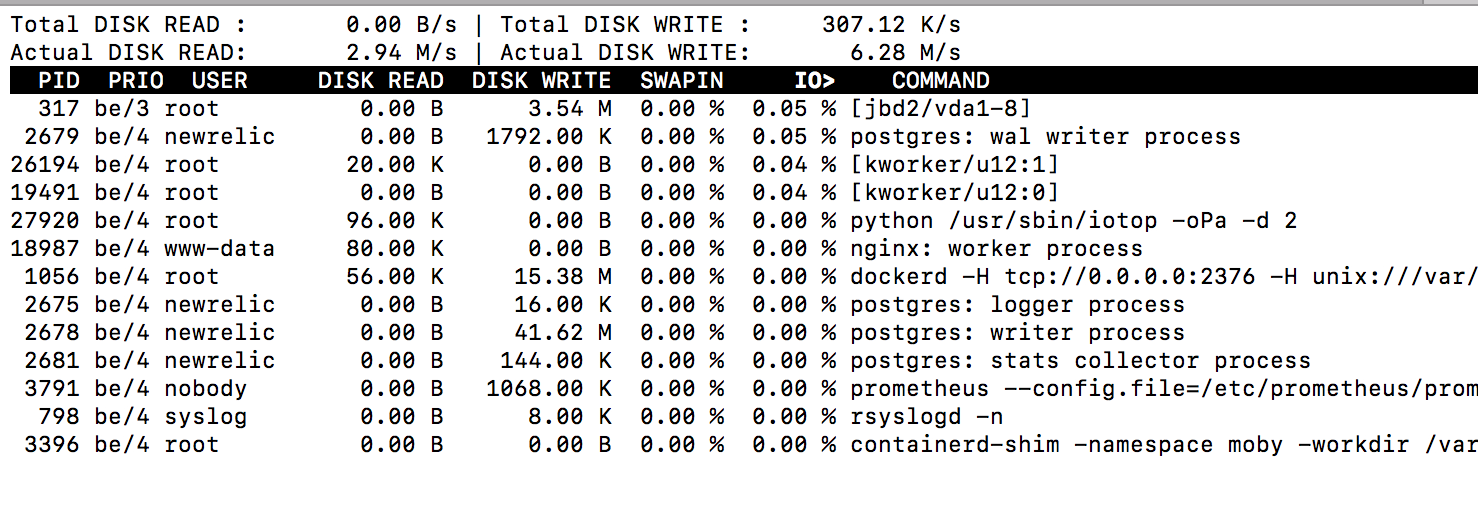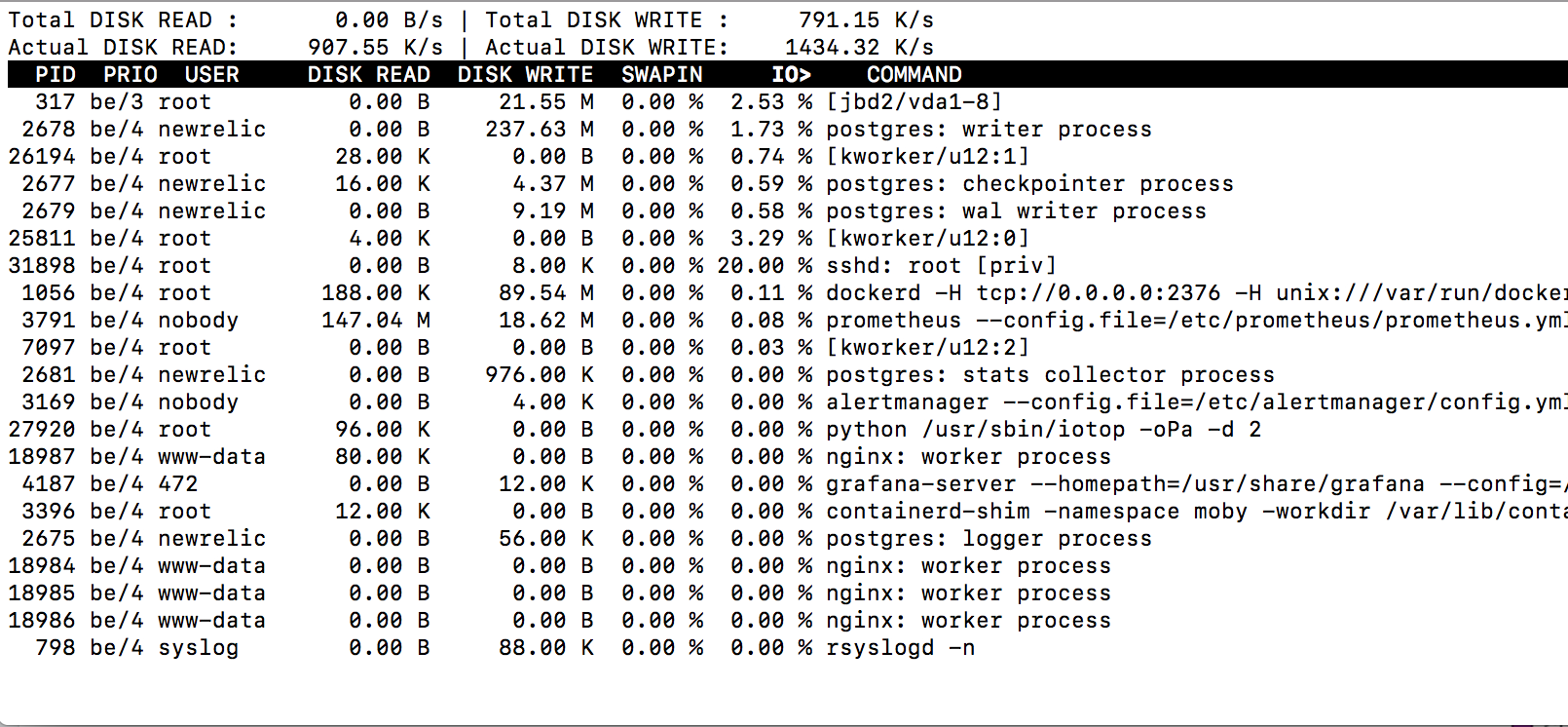





postgres: writer process
The writer a.k.a. background writer process
Note that we assume that the high level concept of “checkpoints” together with the checkpointer process and its parameters are already familiar to you (as it’s way more impactful compared to the writers). When not, I’d recommend digging into Postgres documentation here.
So to the writer. Introductory sentence in the documentation tells us:
There is a separate server process called the background writer, whose function is to issue writes of “dirty” (new or modified) shared buffers. It writes shared buffers so server processes handling user queries seldom or never need to wait for a write to occur. However, the background writer does cause a net overall increase in I/O load, because while a repeatedly-dirtied page might otherwise be written only once per checkpoint interval, the background writer might write it several times as it is dirtied in the same interval. …
In short – the writer moves some of the changed data (dirty buffers) already to the disk in the background, so that checkpoint process, happening at regular intervals, would have less work to do. All of this with the point that in the end user/application queries wouldn’t need to suffer too much when checkpointer kicks in with its heavy IO requirements, when there are lots of buffers to be processed or checkpoint_completion_target is set too small. All this is relevant of course only when we’re running a relatively busy database – for idling databases it wouldn’t be a problem at all.